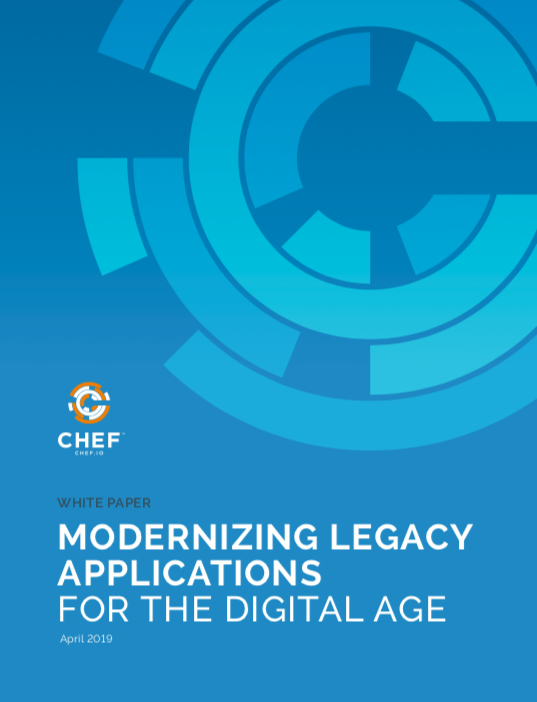Internal Developer Portals are reshaping the developer experience. What's the best way to get started? Do you build or buy? Tune in to see.
Agentic AI. It's everywhere. But what does that mean for developers? Learn to leverage agentic AI to improve efficiency and innovation.

Technology today moves fast. Customers demand unique, high-quality digital experiences for interacting with your company, and they'll move on quickly to a competitor if they don't get what they want. Yet enterprises today struggle not only with new product development, but also with the ongoing maintenance and upkeep of a significant legacy application portfolio that has been a bedrock of their company's longevity. IT executives are quickly realizing
that a bi-modal approach to their application portfolio, where some components can evolve quickly while others are left to stagnate, is now inhibiting growth, because innovative customer experiences are forcing fundamental changes in business processes. These modifications, which touch all applications, mean that legacy systems are now becoming a drag on innovation. A new approach is needed.
The two existing approaches to dealing with legacy applications — rewrite/replace and lift- and-shift — have been of limited benefit to enterprises seeking more agility. Instead, we
have a third way, which we call application modernization. Application modernization is a way to repackage legacy applications to imbue them with more agility, including some cloud- native features, and make them portable to a variety of environments such as the cloud or containers. We have developed a proven process for applying the Habitat technology to legacy applications that shows significant ROI and cost savings. For example, a Fortune 500 manufacturing company projects an estimated savings of at least $1.6M across a legacy application portfolio of two hundred applications using this approach, in contrast to their previous plan of lifting-and-shifting existing deployments and licenses to the new environment. If you are a CIO, IT director or manager, application portfolio owner, or anyone else struggling with how to balance the business's demands for increased product innovation with maintenance of an aging application portfolio and its underlying infrastructure, read on.